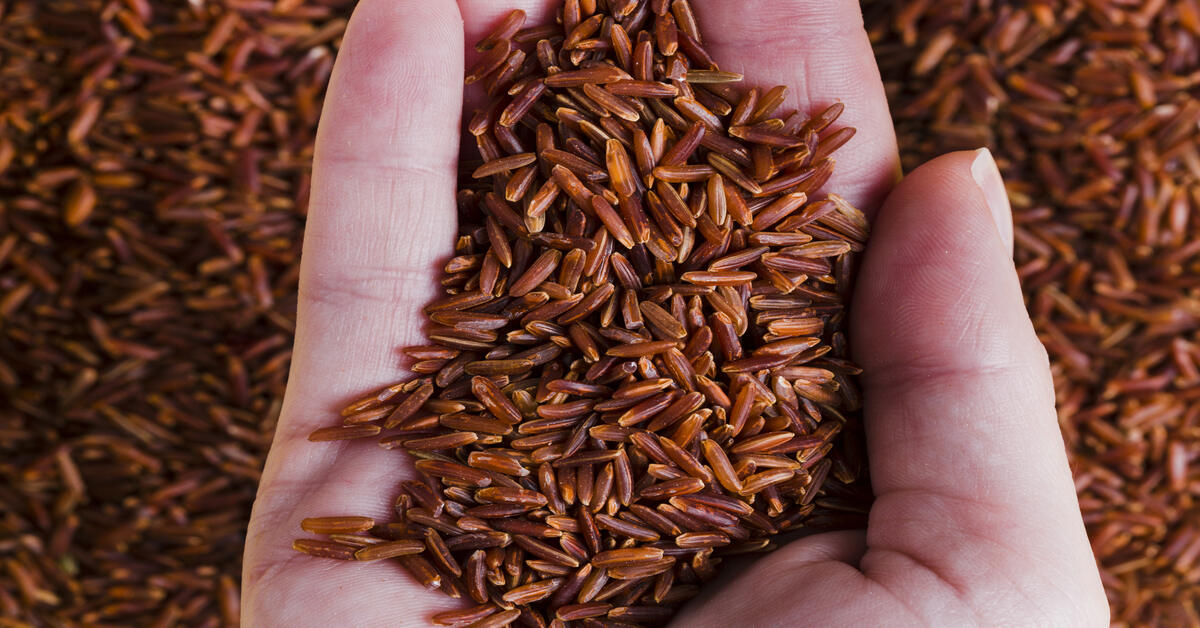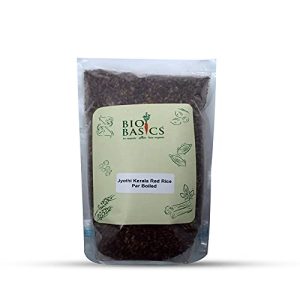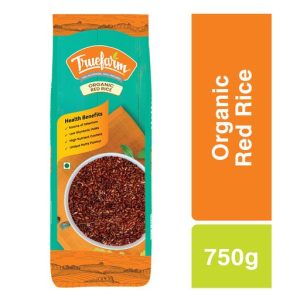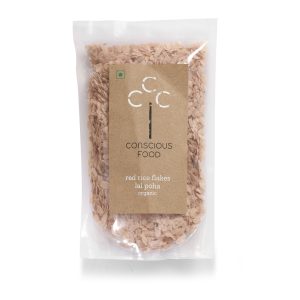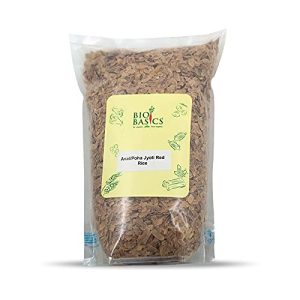Welcome to our informative blog where we will know about red rice – a wholesome grain with a rich history and lots of benefits. In this article, we’ll explore the many advantages of incorporating red rice into your diet, its nutritional value, and its potential side effects. If you’re curious about how red rice can help manage diabetes, aid in weight loss, or promote healthier skin, then be with us.
Red rice, often known as laal chawal or red chawal, has gained popularity for its unique properties and distinctive hue. We’ll also compare red rice to brown rice, shedding light on which might be the better choice for your dietary needs. So, let’s unravel the mystery behind red rice and discover its fantastic benefits, nutritional content, and any potential cautions to ensure you make informed choices for a healthier lifestyle.
Top 7 Red Rice Benefits
Let’s dive deeper into the extensive benefits of red rice, particularly in the context of diabetes, weight loss, and overall health.
1. Low Glycemic Index (GI)
Red rice has a lower glycemic index compared to white rice. The GI measures how quickly a food raises blood sugar levels. Foods with a high GI can cause rapid spikes in blood sugar, while those with a low GI lead to gradual, steady increases. Red rice’s low GI is a crucial advantage for individuals with diabetes. Consuming foods with a lower GI can help manage blood sugar levels, reducing the risk of spikes and crashes. This makes red rice a favorable choice for those seeking to control their blood sugar.
1. Nutrient-Rich
Red rice is a powerhouse of essential nutrients. It is a great source of vitamins, such as B vitamins (B1, B2, B3, and B6), which are essential for metabolism and overall health. It also contains minerals like iron and magnesium, which play important roles in various bodily functions.
Also Read:- Millets Benefits
3. Weight Loss Aid
Red rice is often recommended for weight management. One of the key reasons is its high fiber content. Dietary fiber adds bulk to your meals, creating a feeling of fullness that can help prevent overeating. This, in turn, can reduce calorie intake and support weight loss goals. The slow digestion of fiber-rich foods can also help control hunger and cravings.
4. Nutritional Value
Red rice boasts a wide array of nutritional benefits. It contains antioxidants and phytonutrients, such as anthocyanins, which have been associated with various health benefits, including reduced inflammation and improved cell health. The dietary fiber in red rice aids in digestion, promoting a healthy gut and efficient nutrient absorption.
5. Heart Health
The fiber and antioxidants in red rice contribute to heart health. Fiber helps lower cholesterol levels, reducing the risk of heart disease. The antioxidants in red rice can help protect the blood vessels and heart from oxidative stress and inflammation. A heart-healthy diet often includes whole grains like red rice.
6. Skin Benefits
Red rice is not only beneficial internally but also for your skin. The antioxidants present in red rice combat free radicals, which can cause premature aging and skin damage. Including red rice in your diet can contribute to a healthier, more radiant complexion.
7. Digestive Health
The fiber in red rice promotes good digestive health. It adds bulk to your stool and helps prevent constipation. Additionally, it supports a healthy gut microbiome by providing nourishment to beneficial gut bacteria. A well-balanced gut microbiome is linked to improved overall health.
Also Read:- Benefits of A2 Cow Ghee
Comparative Advantage
Red rice holds an advantage over white rice because it retains more of its natural bran layer, which contains valuable nutrients. Compared to brown rice, red rice has a unique flavor and texture, making it an interesting alternative. While red rice has a similar fiber content to brown rice, it offers a distinct taste and appearance.
In conclusion, red rice, also known as laal chawal, is a versatile and nutritious grain with numerous benefits. It is especially well-suited for individuals with diabetes, those aiming to lose weight, and anyone seeking a nutrient-rich addition to their diet. Its low glycemic index, rich nutrient profile, and various health benefits make it a valuable choice for overall well-being.
Red Rice Nutritional Facts
Red rice is small but powerful. It holds ample amounts of nutrients compared to its size. Let’s have a look at its nutrient value.
(Amount per 100 grams)
| Nutritional components | Value per 100 g |
| Energy | 356 kCal |
| Fibre | 11.10 g |
| Protein | 8.89 g |
| Fats | 3.33 g |
| Potassium | 156 mg |
| Sodium | 67.0 mg |
| Zinc | 30.0 mg |
| Iron | 1.11 mg |
Red Rice Side Effects
Here are 4 side effects of red rice that you need to know:
1. Gastrointestinal Discomfort
Some individuals may experience digestive issues like bloating, gas, or diarrhea when consuming red rice. This can be due to its fiber content, which may not agree with everyone.
2. Allergic Reactions
In rare cases, people can be allergic to certain components of red rice, leading to symptoms such as itching, rashes, or swelling.
3. Interference with Medications
If you’re on specific medications, red rice’s impact on blood sugar levels can interfere with the medication’s effectiveness, especially if you have diabetes. Consult your doctor for guidance.
4. Caloric Intake
While red rice is a nutritious choice, excessive consumption without portion control can lead to increased caloric intake, potentially affecting weight management goals.
It’s essential to be mindful of your body’s response to red rice and consume it in moderation. If you experience any adverse effects, consult a healthcare professional for guidance on your dietary choices.
Conclusion
In conclusion, red rice or laal chawal, is indeed a nutritional powerhouse that offers a range of benefits. It can be a valuable addition to your diet, particularly if you’re aiming to manage diabetes, lose weight, or enhance your skin health. With its lower glycemic index and impressive nutritional value, red rice stands as a healthy alternative. However, as with any food, moderation is key. While red rice has numerous advantages, it’s essential to be aware of your individual dietary needs and consult with a healthcare professional for personalized guidance. Make the most of the health benefits this vibrant grain has to offer while enjoying a diverse and balanced diet.

